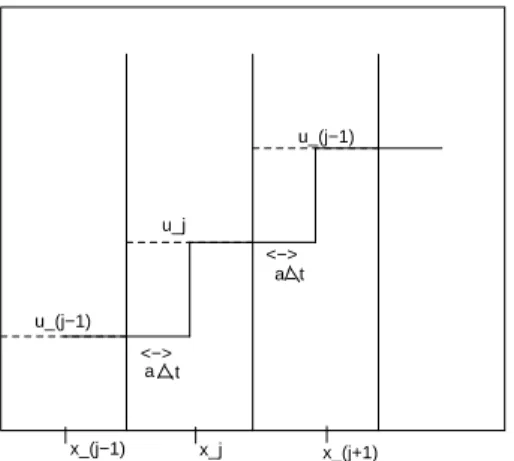Numerical Methods for the solution of Hyperbolic Conservation Laws
Texte intégral
Figure




Documents relatifs
The computation of the gradient required to use a descent optimization method in the flux identification for a system of conservation laws is now thoroughly studied from a
For this purpose, a generalized entropy functional was introduced in [13] for the scalar conservation laws with convex flux and this functional captures exactly the nonlinearity
Namely, relying on the analysis of the evolution of the Riemann coordinates along the characteristics and on the Oleˇınik-type inequalities, we will establish upper and
A well-known difficulty encountered in the numerical treatment of hy- perbolic conservation laws with a source term relates to the approximation of such a source term, to assure
We will discuss both approaches in the case of the coupling of two fluid models at a material contact discontinuity, the models being the usual gas dynamics equations in
We propose and study semidiscrete and fully discrete finite element schemes based on appropriate relaxation models for systems of Hyperbolic Conservation Laws.. These schemes are
We show that the Engquist-Osher (and hence all monotone) finite difference approximations con- verge to the unique entropy solution of the governing equation if, among other demands,
We present a family of high-order, essentially non-oscillatory, central schemes for approx- imating solutions of hyperbolic Systems of conservation laws These schemes are based on a





